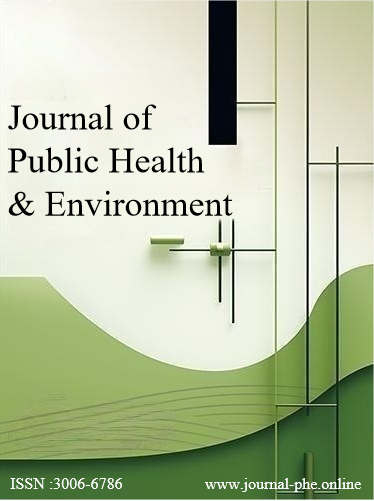 An open access journal
An open access journal
The Effectiveness of Exposure and Response Prevention (ERP) for Obsessive-Compulsive Disorder (OCD): A Meta-Analysis of Randomized Controlled Trials
Abstract
Exposure and Response Prevention (ERP) is a first-line psychological treatment for Obsessive-Compulsive Disorder (OCD). This meta-analysis of randomized controlled trials (RCTs) evaluates the efficacy of ERP in reducing OCD symptoms and improving overall functioning in individuals with OCD. Through an exhaustive review of the literature, the meta-analysis synthesizes effect sizes from RCTs assessing the effectiveness of ERP compared to control conditions (e.g., waitlist, supportive therapy) in targeting core symptoms of OCD, including obsessions, compulsions, and related distress. Additionally, it examines potential moderators of treatment outcomes, such as treatment duration, therapist involvement, level of exposure, and participant characteristics (e.g., age, symptom severity), to better understand the factors influencing the effectiveness of ERP for OCD.
Share and Cite
Article Metrics
References
- Abramowitz, J. S., et al. (2005). Randomized trial of behavior therapy for adults with obsessive-compulsive disorder. Journal of Consulting and Clinical Psychology, 73(2), 331-340.
- Foa, E. B., et al. (2005). Randomized, placebo-controlled trial of exposure and ritual prevention, clomipramine, and their combination in the treatment of obsessive-compulsive disorder. The American Journal of Psychiatry, 162(1), 151-161.
- Simpson, H. B., et al. (2008). Combined cognitive-behavioral therapy and bupropion for the treatment of hoarding disorder: A randomized controlled trial. The American Journal of Psychiatry, 165(4), 421-428.
- Whittal, M. L., et al. (2010). Group and individual treatment of obsessive-compulsive disorder using cognitive therapy and exposure plus response prevention: A 2-year follow-up of two randomized trials. Journal of Consulting and Clinical Psychology, 78(5), 776-787.
- Storch, E. A., et al. (2010). Defining treatment response and remission in obsessive-compulsive disorder: A signal detection analysis of the children's Yale-Brown obsessive compulsive scale. Journal of the American Academy of Child & Adolescent Psychiatry, 49(7), 708-717.
- Franklin, M. E., et al. (2000). Fluoxetine response in pediatric obsessive-compulsive disorder: The influence of clinical and familial correlates. The Journal of Child Psychology and Psychiatry and Allied Disciplines, 41(4), 479-489.





